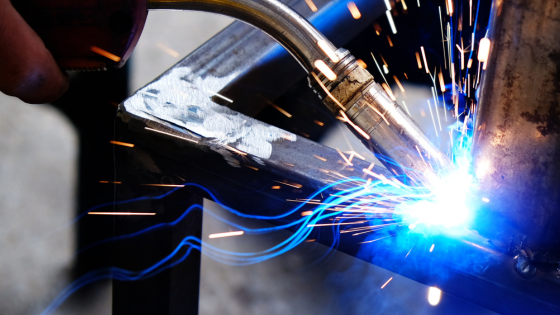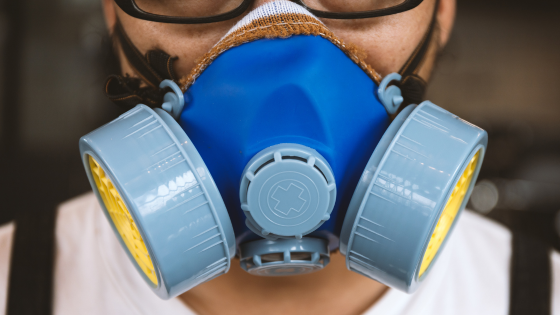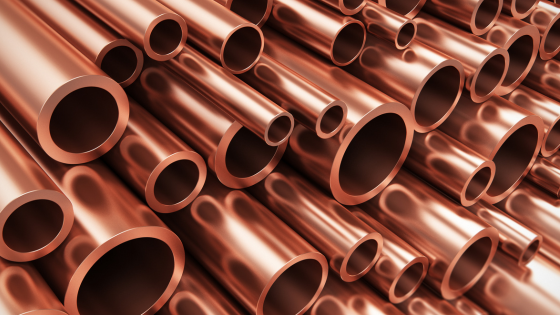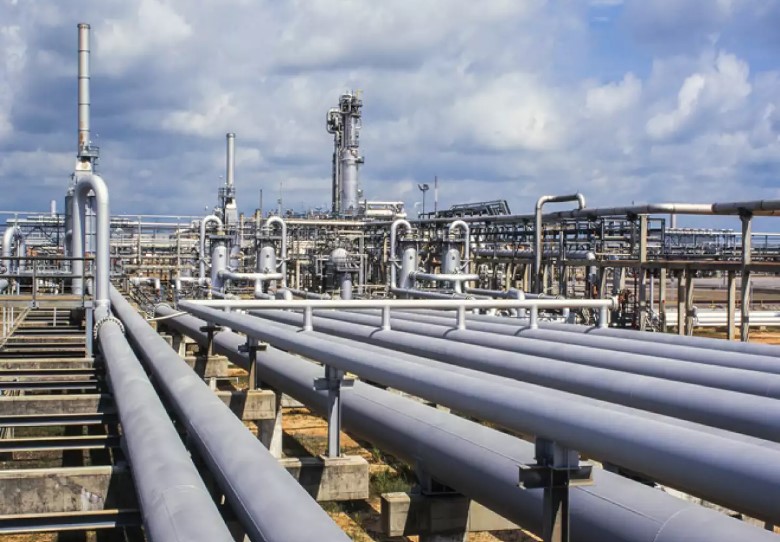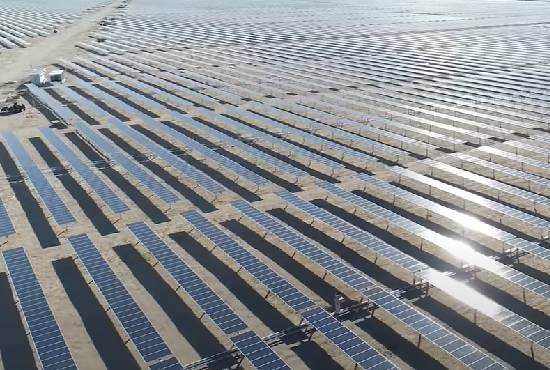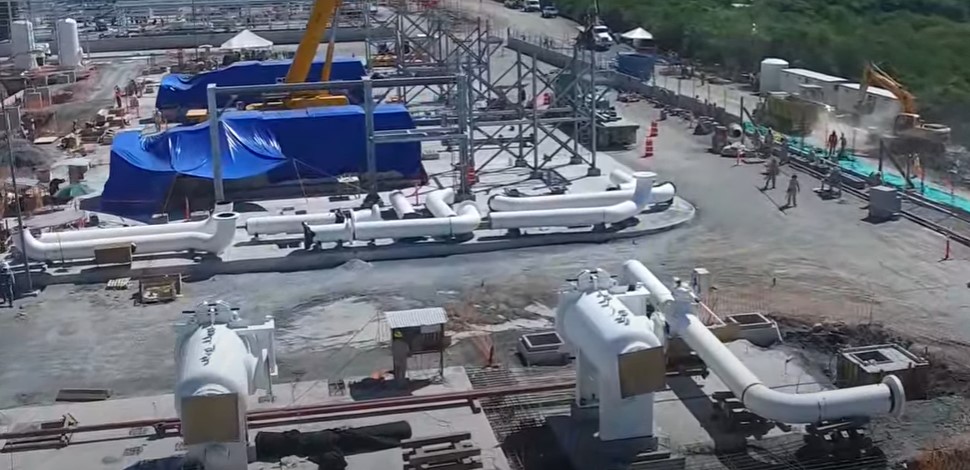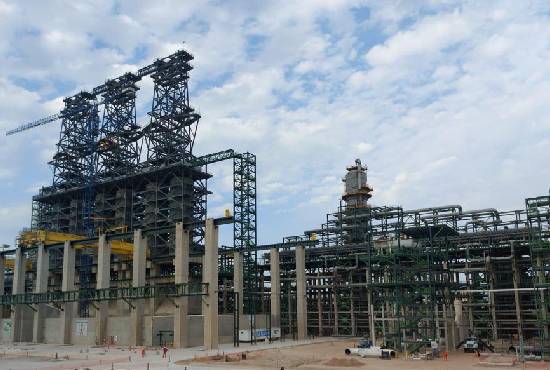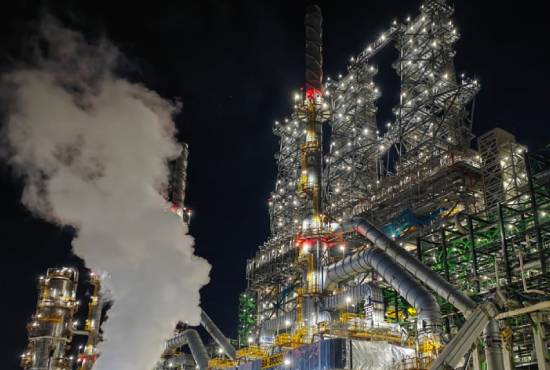KNOWS WHAT IT IS, HOW IT IS APPLIED AND WHERE IT IS APPLIED
Hey blogger friend! It's a pleasure to greet you once again. I hope you are feeling great and ready for this new Blog.
This time the Blog will be about Soft Soldering.
It is the process of joining two parts by means of heat and a filler material, and for the process to be considered as "soft soldering", the filler material must melt at a temperature below 450 °C, and also be below the melting point of the base metal.
Note: Also known as tin solder.
The filler material used in soft soldering varies according to the material of the parts to be joined, the most commonly used alloys being tin-lead, tin-silver and tin-zinc.
WHERE DOES IT APPLY?
This welding has a wide range of applications, from the manufacture of toys to aircraft engines and space vehicles.
It is generally used for joining small parts of different materials, where it would be very difficult to use a fusion welding process. It is also commonly used in electronic components, such as printed circuit boards or transistors, ornamental parts and heat exchanger parts.
Note: At present, the only existing standard in force for brazing materials is UNE-EN ISO 9453. This standard covers all standardized alloys.
This procedure should only be used for joints that will not be subjected to high stresses and temperatures.
Soft soldering is also frequently used in potable water installations (hot and cold), heating, solar thermal and low-pressure gas installations. In any case, in all installations where soft soldering is used, the operating temperature must not exceed 120 °C.
I will mention some advantages of this process:
- No physical changes are achieved in the material to be welded as the melting temperature is not reached.
- No surface stresses are present because the temperature reached is very low.
- Coatings of base materials can be retained.
- Ease of obtaining sound joints between different materials, including between materials
metallic and non-metallic or between materials of different thicknesses.
- Welds can be obtained on precision parts.
- With some processes it is possible to weld many parts at the same time,
and is therefore very economical.
- Low temperatures are required, with the resulting energy savings.
- The appearance of the weld is very good.
- It is an easily automated process.
- No special protective measures are required.
WHAT DO YOU NEED?
Welding Device. The most common types of welders are: pencil welder, industrial welder, welding gun and gas welder (torch).
Flux or Cleaning Paste. Fluxes are mixtures of many chemical components. Among them are borates, fluorides, borax, boric acid and wetting agents. It plays a primary role in soft soldering, where its main functions are:
- Insulate from air contact.
- Dissolve and eliminate oxides that may form.
- Promote wetting of the base material by the molten filler metal, allowing the filler metal to flow and distribute in the joint.
They are usually supplied in powder, paste or liquid form. The best known type of flux is paste flux.
The flux should be applied after cleaning the parts by brush, sprinkling in the case of powder, or dissolving it with water or alcohol to improve its adherence.
The flux indicates when the base material has reached soldering temperature and the filler material should be applied, in many cases the flux, when melted, becomes transparent, indicating that it is time to apply the filler metal.
Filler metal. It is the metal that is added when welding is carried out. The characteristics that the filler metal must meet are:
- Ability to wet the base metal.
- Appropriate melting temperature and good fluidity to allow its distribution by capillary attraction in the joints.
- Be capable of producing a welded joint that meets the requirements for mechanical and corrosion resistance in normal service.
The filler materials used in soft soldering are as follows:
Tin-Lead: This is the most common filler metal and is used in general cases.
Tin-Antimony-Lead: Antimony is added because it improves the mechanical properties of the filler material.
Tin-Silver: Used in delicate working instruments.
Tin-Zinc: It is used to solder aluminum.
Tin-Bismuth: It has a great application in the field of electronics.
Lead-Silver: Improves the wetting ability of lead when used in the soft soldering of steel, cast iron or copper.
Cadmium-Silver: It is used in copper joining and also, although less, in aluminum-aluminum welding, having a great resistance to high temperatures.
Cadmium-zinc: Used in aluminum joining.
Zinc-Aluminum: It is used for aluminum welding obtaining a high resistance to corrosion.
HOW TO HAVE A GOOD SOFT SOLDER?
You have to check that the soldering iron has reached the right temperature by bringing the solder wire close to the tip, if it melts easily, then it is ready for use.
Bring the tip of the soldering iron close to the junction of the two pieces and hold it for a few seconds. It is convenient that the tip of the soldering iron has a little tin on it, as this facilitates heat transfer.
After the time has elapsed, bring the solder wire close to the soldering iron contact area with the parts to be soldered, checking that the solder melts and spreads evenly over the areas already tested.
When you think that the tin is enough, remove it, holding the soldering iron for a few seconds.
Keep the parts immobilized until the solder has cooled and solidified; never blow out the solder, as this will only result in premature cooling, resulting in a cold, dull and ultimately defective solder.
Finally, check that the weld is shiny, poreless and concave.
THESE ARE THE TYPES OF SOFT SOLDERING THAT EXIST:
- Soft soldering with torch
- Furnace brazing
- Induction brazing
- Resistance brazing
- Soft soldering by immersion
- Infrared soft soldering
- Brazing with copper soldering iron
- Ultrasonic soft soldering
- Paste soldering
- Soft soldering with waves
Great, what did you think of the information, do you think anything was missing? Leave me your comments please, they are of great value to me, so I can create even better content for you.
I hope you found my blog useful and that you liked it. Well, that's all for this occasion, take care and be well, see you next time!
